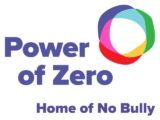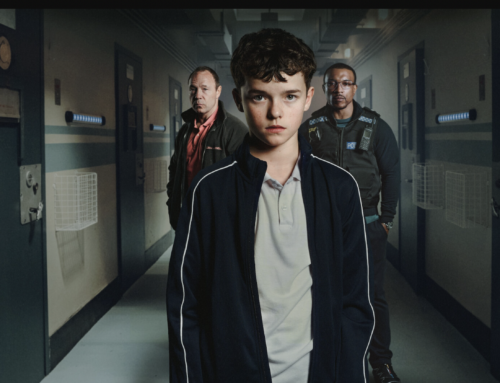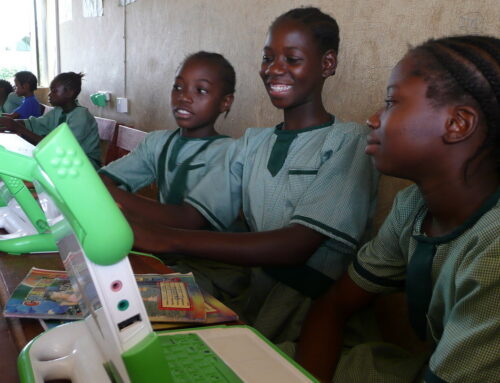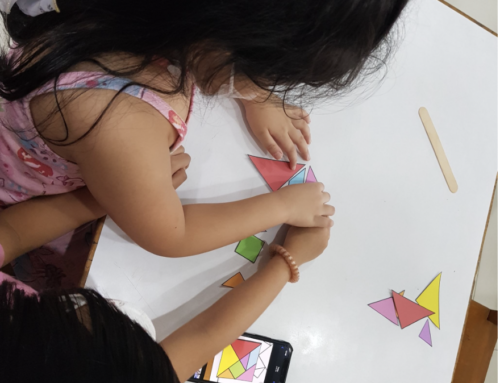Today is Safer Internet Day, when we give focused attention to the online lives of young people. The day will be marked with activities and online gatherings in over 200 countries and territories, reaching millions of youth worldwide.
After nineteen Safer Internet Days (it began its life as part of the EU-funded SafeBorders project in 2004) it’s a good time to ask if we have made the Internet any safer for children and teens. The answer should be a resounding yes, especially given the investment in the space. Social media and gaming platforms spend billions of dollars a year on safety. Facebook (now Meta) claimed in 2021 to have spent more than $13 billion USD on safety and security in the previous five years and revealed that it has 40,000 employees working on those issues. In civil society there are scores of NGOs around the world providing resources designed to keep young people safe online.
And yet it is far from clear that the Internet is any safer than it was in 2004. As children’s online exposure grows, so does their exposure to risk. Things back in 2004 now seem rather quaint. Microsoft had just released its first tablets (2003) and the smartphone had not yet been invented. The iPhone only arrived in 2007 and the main apps used by under 18s to access the online world had not even been conceived: Instagram came into being in 2010, Snapchat in 2011, Xbox in 2013, YouTube Kids in 2015, and TikTok in 2018. Young people’s online engagement has skyrocketed in the past two decades, mainly driven by these apps, and the online world now attracts 200,000 children as first time users every day. A very approximate way of measuring the increased volume of risk is the number of moderators that online platforms have to employ to mediate the harm. And by their own accounts, despite hiring in greater and greater numbers. they are stretched very thin.
There is another significant reason why the Internet of kids is less safe now than in 2004. It has to do with the alarming and rapid deterioration in teenage mental health. In December 2021 the U.S Surgeon General issued a mental health advisory showing that one in three high school students and half of female students were suffering from persistent feelings of sadness or hopelessness, an overall increase of 40% from 2009. Similar findings come from Canada and the UK showing increased levels of teen depression, anxiety and suicidality.
It is difficult to determine whether this mental health epidemic is caused by or simply correlated with teen’s increased engagement in social media. Jonathan Haidt and Jean Twenge, the author of iGen, have been collecting the academic research on the relationship between teen mental health and social media. In an essay published in the Atlantic Haidt argues that the relationship is causal and calls out Instagram for causing the greatest harm to teenage girls’ mental health.
Whether causal or not, the consequence of declining mental health is that teens have less resilience and a reduced ability to manage their emotions and deal with stress. If you encounter online risks and you are suffering from depression or anxiety or low self-esteem, there is a greater risk of your becoming overwhelmed and in extreme cases suicidal.
I’ve been looking at an advanced copy of Snap’s Digital Well-Being Index and it makes for fascinating reading. Snap is well placed to conduct this type of assessment and I really appreciate how Snap is moving the conversation beyond safety (a narrow lens) to assess well-being generally (a wider lens). The index is a good reminder that wellbeing, similarly to most psychological states, is situated on a bell-curve, peaking at a midpoint and with roughly equal numbers thriving at one end and suffering at the other.
I also liked the transparency that Snap demonstrates in listing out the 14 major risks associated with going online. In case you are wondering here they are: unwanted contact, fake news and misinformation, online bullying and harassment, hate speech, non-consensual intimate imagery, online impersonation, account hijacking, threats of violence, unwanted sexual attention, thoughts of self-harm, violent extremist content/messages, weapons sales, illegal drug sales and thoughts of suicide.
Of the 6,002 teens and young adults surveyed, 76% said they had experienced at least one online risk over the three-month period. In other words nearly every teen has to navigate deal the negative side of going online. At the same time – and this is really intriguing – 84% of teens said social media had a positive influence on their daily lives.
This is an unexpected paradox, where teens are seeing the benefit of connecting on social media even when they have had a negative experience. In this context perhaps all the investment in media literacy and teaching digital resilience is paying off.
And yet for a significant minority of teens the online risks that they encounter cause real distress. The exact size of this group is hard to quantify. Snap’s Digital Well-Being Index shows that 7% are “Struggling” and another 40% are “Mid-range” in their evaluations with a mix of favorable and unfavorable ratings; everything’s not rosy.
It is for this group that Safer Internet Day exists. We are getting better at tracking where things are going wrong for them. Today brings together parents and educators and online platforms across the world to implement solutions. And yet there is so much more that we need to do.







Leave A Comment